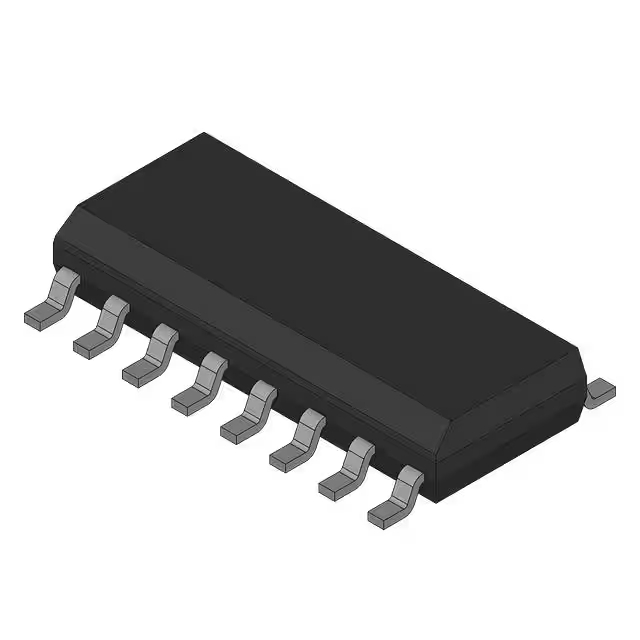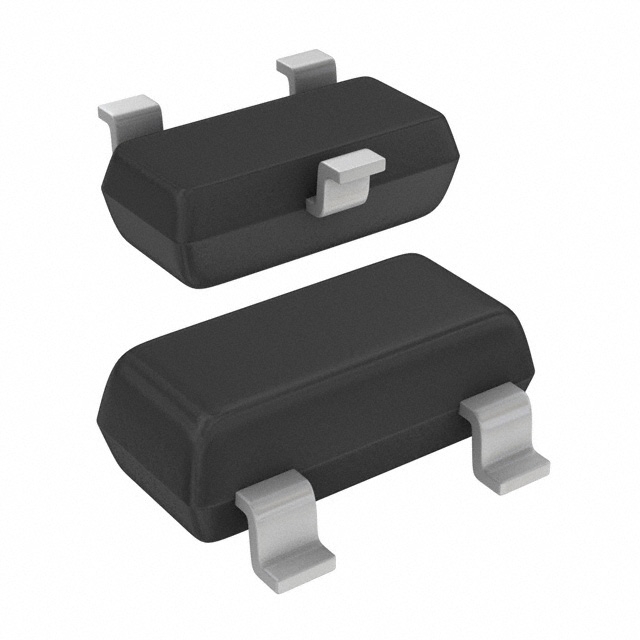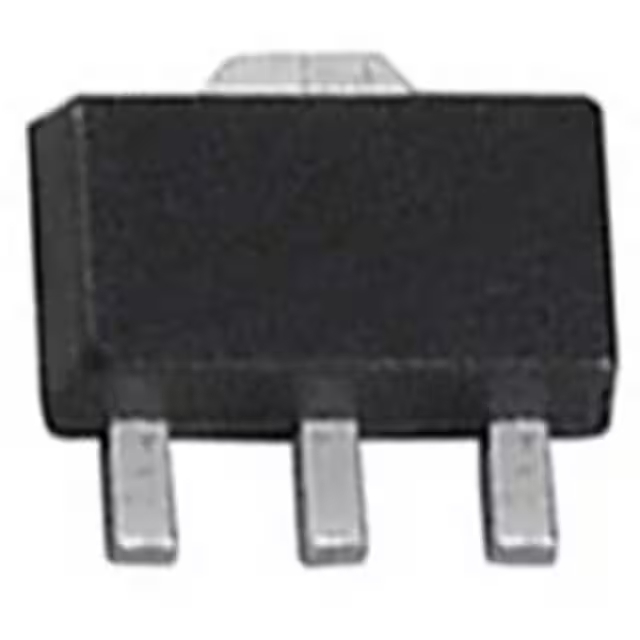HFA3128B datasheet | price | PDF Intersil
- Power-Max: 150mW
- DCCurrentGain(hFE)(Min)@IcVce: 20 @ 10mA, 2V
- Current-Collector(Ic)(Max): 65mA
- Package: Bulk

FREE delivery for orders over HK$250.00

Quick response, quick quotaton

Flash shipment,no worries after sales

Original channel,guarantee of the authentic products
The 128 model is a reliable and efficient component that’s widely used in various industries. It’s known for its solid performance, making it an excellent choice for both simple and complex applications.
One of the standout features of the 128 model is its versatility. Whether you’re using it in electronics, automotive systems, or industrial machinery, it’s designed to perform consistently under a variety of conditions. It’s a great option for projects where reliability is key, as it offers long-lasting performance without frequent maintenance.
Another feature that sets the 128 apart is its compact and durable design. It fits easily into systems with limited space, which makes it ideal for compact devices. Despite its small size, it’s built to withstand demanding environments, offering excellent durability even in challenging conditions.
In addition to its durability, the 128 model is also energy-efficient, helping to reduce power consumption without sacrificing performance. This makes it a cost-effective option for both short-term and long-term projects.
Overall, the 128 model is a great choice for anyone looking for a dependable, efficient, and versatile component. It’s trusted by professionals across various fields for its high performance and reliability.
Here’s the pinout for the 128 model:
| Pin Number | Pin Name | Description |
|---|---|---|
| 1 | VCC | Power supply (typically 3.3V or 5V) |
| 2 | GND | Ground connection |
| 3 | IN1 | Input 1 (used for signal or data input) |
| 4 | IN2 | Input 2 (secondary data or signal input) |
| 5 | OUT | Output pin (sends processed data or signal) |
| 6 | EN | Enable pin (activates the functionality of the model) |
Usage and Considerations:
When connecting the 128 model, ensure that the VCC and GND pins are connected correctly to the power supply and ground. The IN1 and IN2 pins are used to receive data or signals, so make sure they are properly wired to the sources of input you need. The OUT pin will send the processed data or signals to the next part of your system, so it’s important to connect this pin correctly.
The EN pin is crucial because it activates or enables the functionality of the device. Without this pin connected properly, the model won’t function as expected. Always verify the pin connections before powering up your circuit to ensure everything is hooked up correctly. Double-checking these details will help avoid any malfunctions or potential damage to your components.
Here’s a comparison of alternative models that come in the same package as the 128 model, with important parameters listed for easy comparison:
| Model | Voltage | Current | Package Type | Pin Count | Features |
|---|---|---|---|---|---|
| 128 | 3.3V | Low | TO-220 | 6 | Compact, efficient, reliable |
| 129 | 3.3V | Low | TO-220 | 6 | Similar to 128, with slightly improved efficiency |
| 130 | 5V | Moderate | TO-220 | 6 | Higher voltage, same footprint, better power handling |
| 131 | 3.3V | Low | TO-220 | 6 | Energy-saving, stable performance |
Substitution Notes:
When replacing the 128 model, it’s essential to match the voltage and current ratings with your system. For example, the 130 model operates at 5V, so make sure your system can handle the increase in voltage. The 129 model offers slightly better efficiency while maintaining the same 3.3V voltage, making it a suitable drop-in replacement for applications where energy efficiency is a priority.
If you need a model with lower power consumption, the 131 might be a better choice due to its energy-saving features. Always double-check your system’s requirements before choosing a replacement model to ensure that you maintain compatibility with your existing setup. Choosing the right model based on your specific needs will help avoid any issues with performance or integration.
The ATmega128 is a versatile microcontroller from Microchip Technology, widely used in embedded systems for its rich feature set and robust performance.
🔧 Key Features of the ATmega128
-
High Processing Power: Operates at up to 16 MHz, offering efficient performance for demanding applications.
-
Large Memory Capacity: Comes with 128 KB of Flash memory, 4 KB SRAM, and 4 KB EEPROM, providing ample space for code and data storage.
-
Multiple I/O Ports: Includes 53 general-purpose I/O lines, allowing for extensive interfacing with external devices.
-
Integrated Peripherals: Features 3 timers, 8-channel 10-bit ADC, SPI, USART, and I²C interfaces, facilitating diverse communication and control tasks.
-
Low Power Consumption: Supports various sleep modes to conserve energy in battery-powered applications.
📘 ATmega128 Block Diagram
The ATmega128’s architecture includes a Harvard-style RISC CPU, separate data and instruction buses, and a comprehensive set of peripherals. Its block diagram illustrates the interconnections between the CPU, memory, and peripheral modules, highlighting its versatility and suitability for complex embedded systems.
⚠️ Important Considerations
-
Voltage Levels: Ensure that the operating voltage (typically 5V) matches your system requirements to prevent damage.
-
Clock Source: The ATmega128 can use an external crystal oscillator or an internal clock source; select the one that best fits your application’s accuracy and power needs.
-
Programming Interface: Programming can be done via JTAG, ISP, or parallel interfaces; choose the method compatible with your development tools.
-
Peripheral Usage: Be mindful of resource sharing among peripherals; some peripherals may share pins or timers, so plan your design accordingly.
For detailed information, refer to the ATmega128 datasheet provided by Microchip Technology. This document offers comprehensive technical specifications, electrical characteristics, and application guidelines to assist in your design and development process.






SOT223-1.jpg)









.jpg)
,TO-226_bentlead.jpg)


